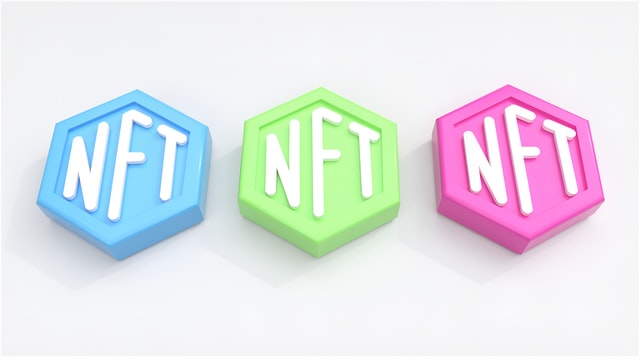What Is NFT Art?

Technological developments have increased the space within which artists can express themselves. NFT art is one of the current developments enabling artists to satisfy the diverse market. NFT art has helped deal with the undervaluation of digital art compared to physical artwork. Digital art is assumed to be available everywhere and easily reproduced. Fortunately, Non-Fungible Tokens (NFTs) are sorting out many previous concerns that devalued digital artworks. You can now get reasonable financial value from your art without relying on the traditional brick-and-mortar auction houses and galleries.
Art enthusiasts do not need to visit physical galleries or auction houses to purchase new artwork or discover new crafts. NFT art is a revolution shaping how you can sell your art through cryptocurrency tokens. The NFTs are a form of crypto tokens linked to digital art assets or royalties and are a medium of direct transactions with art connoisseurs.
The Real Meaning of NFT Art
NFT art is a digital asset that is collectible and tradable in the digital space. On the other hand, traditional artwork is considered the best because they are crafted by hand using special paint and techniques. Unfortunately, most digital works are reproduced with ease. However, NFTs are immune to reproduction and copy-pasting. NFT art is transacted with a digital certificate that identifies the rightful owner.
These digital works only have a single rightful owner at any given time. The digital certificate is secured using Blockchain technology, which is a hard nut to comprise. Blockchain is incorruptible, and no one can change ownership or reproduce artworks. Your piece is verifiable and tradable but does not need to exist in the real world.
Here are three benefits of NFT art to digital content creators.
Income generation avenue
Most people who are online are after satisfying a definite goal. NFT art is an income-generating technological development for designers. You can now monetize your digital artwork more quickly and easily reach millions. You avoid the chaos that accompanies physical artwork, which might include delayed payments and unnecessary paperwork.
Some royalties will enable artists to continue earning from progressive sales of their work. You get a set percentage every time your design changes ownership. However, not all platforms support royalties.
Owning digital artwork
The advancements in cryptocurrency have made it possible to own a fully digital asset. This reality was a farfetched dream some years back. NFTs have made it possible for you to have a digital ownership license that you can use to rent, display, or even sell your digital creative works. The Blockchain technology used records all tokenization, and it is harder to scam the system and claim ownership of something you did not create. The copyright ownership tracking process is reliable, accurate, and fast.
You will be able to claim recognition of your work online in a formal manner. Additionally, Blockchain has contracts that legally protect minting and copyrighting NFT artworks. However, no state laws protect artists if their work is minted and sold without consent.
Universal reach
Art transactions have traditionally been done in physical buildings involving physical art pieces. Artists and designers earned mainly from conservative markets and exhibitions. Technology and the Covid-19 pandemic emphasized the need to digitize artworks and gave artists and designers easy access to a global audience.
There is potential in the exposure that NFT artwork is likely to enjoy with this timely technology. All you need is to invest in understanding how to convert the audience into able and willing clients.




